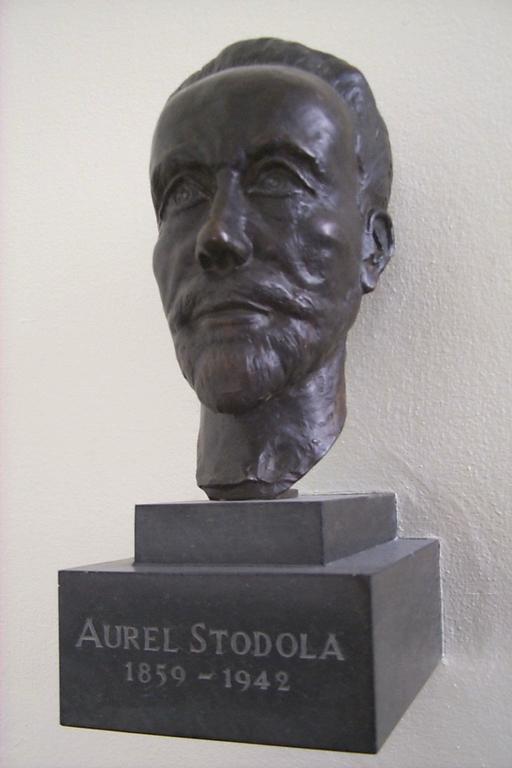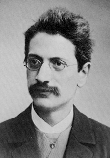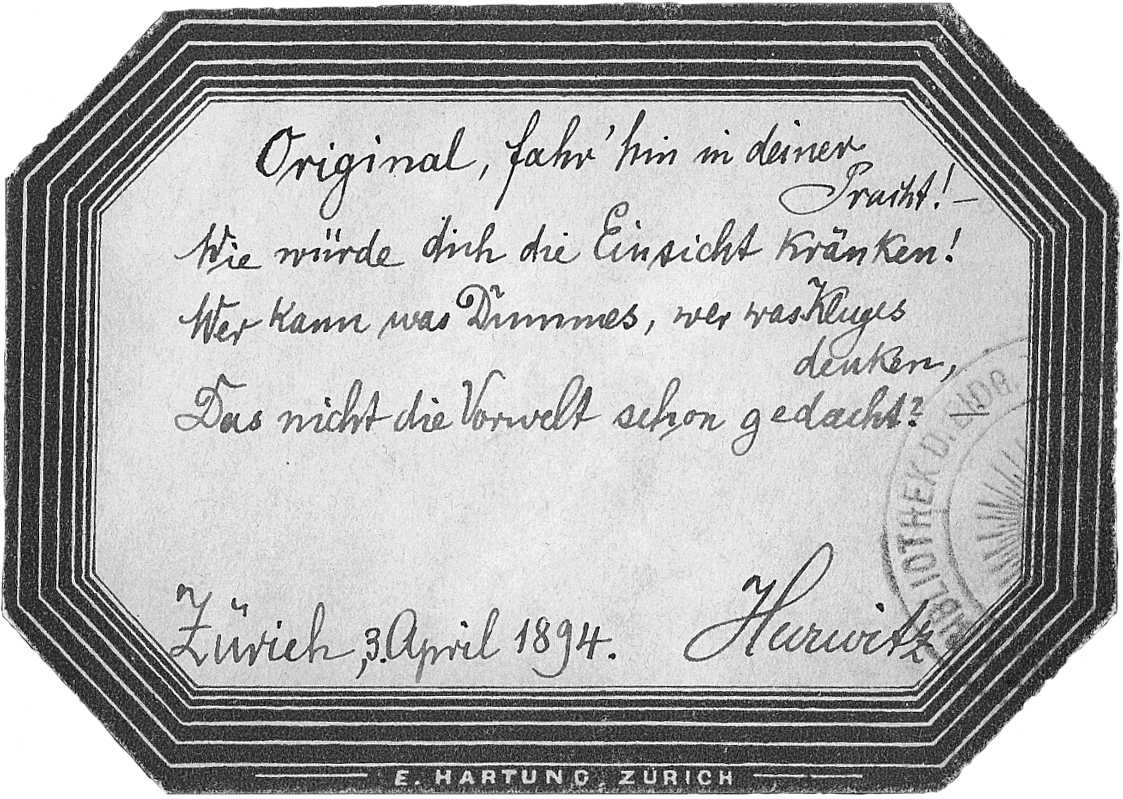Hurwitz Memorial Lecture Series (1999 - 2014)
In commemoration of Adolf Hurwitz' seminal contributions the Automatic Control Laboratory established the Hurwitz Memorial Lectureship where leading researchers in the control field are invited to ETH to deliver a special lecture.
- In 1999, Prof. Shankar Sastry gave lectures on Robotic Surgery and Hybrid Systems with accent on Unmanned Aerial Vehicles.
- 2001 was the year of Prof. Stephen P. Boyd, who delivered lectures on Optimization over Linear Matrix Inequalities and Optimal Design of Analog CMOS Circuits via Geometric Programming.
- In 2003 Prof. Graham C. Goodwin delivered lectures on Finite Alphabet Control and Estimation and Constrained Estimation
- In 2008 the Hurwitz lecturer was Prof. Christos Papadimitriou giving two seminars titled "The Algorithmic Lens: How the Computational Perspective is Transforming the Sciences" and "The Computation of Equilibria".
- In 2010 the Hurwitz lecturer was Prof. Allen Tannenbaum giving two seminars titled Mathematical Methods in Medical Imaging and Optimal Mass Transport Mappings for Surface Warping and Image Registration.
- In 2012 the Hurwitz lecturer was Prof. Pravin Varaiya giving two seminars titled Selling Random Wind and Measuring Traffic with Wireless Sensors.
- In 2014 the Hurwitz lecturer was Prof. Mathukumalli Vidyasagar giving two seminars titled Machine Learning Methods in the Computational Biology of Cancer and Recent Advances in Compressed Sensinng.
History of Control Engineering at ETH Zurich

In 1892 at the age of 33 Aurel Boleslaw Stodola was appointed as a professor at the Federal Polytechnic in Zurich. (Stodola's bust can be seen on the ground floor of the Altes Maschinenlabor at Sonneggstrasse.)
After his appointment he devoted his attention to control problems; his first study was concerned with the dynamics involved in the regulation of a high-pressure water turbine, the results of which were published in 1893. As part of this work Stodola solved a 3rd-order differential equation and he also used the Wischnegradski criteria to test for stability. By linearising with respect to a steady-state operating point and by introducing nondimensional quantities, he considerably simplified the mathematical presentation and he introduced into the analysis the idea of "time constants" which was an important step towards the detachment of the "system equations" from the technical realization of the system thus described.
The study was extended to include the effects of the inertia and damping of the controller as well as the delayed actions of the servomotor. As a consequence, the order of the system increased from three to seven. Stodola, at this time unaware of the work of Maxwell and Routh, guessed that the question of stability could probably be answered without the complete solution of the differential equations: he consequently presented the problem to his colleague, the mathematician Adolf Hurwitz, who published a solution 1895 in his classic paper über die Bedingungen, unter welchen eine Gleichung nur Wurzeln mit negativen reellen Theilen besitzt. (Mathematische Annalen, 1895). Hurwitz, also unaware of the work of Routh and Maxwell, argues from the geometrical representation of complex numbers. The equivalence of the stability criteria of Hurwitz and Routh was demonstrated by Bompiani in 1911. Seemingly in some premonition, the label adorning Hurwitz' notebook containing the first notes about the famous result carries the inscription:

Hurwitz passed his results to Stodola prior to publication and he was able to add a footnote to his paper saying, "Herr Stodola benutzt mein Resultat...deren Ergebnisse bei der Turbinenanlage des Badeortes Davos mit glänzendem Erfolge Anwendung gefunden haben". This work, carried out in 1894, is probably the first use of stability conditions in the design of a practical control system. Stodola continued his work in control systems with an investigation of the so-called inertia controllers: shaft governors combining inertial and centrifugal action. He seems to have been the first person to realize that the inertia controller was a proportional derivative controller.
Stodola's methods formed the basis of the extensive treatment of existing ideas of control theory given in the book by Tolle, Regelung der Kraftmaschinen, published in 1905, the most important book on the subject of control for almost two decades.
Adolf Hurwitz was born March 26, 1859 in Hildesheim. He studied with Klein and Weierstrass in Berlin, Munich and Leipzig and was appointed Professor of Mathematics at ETH in 1894. He died November 18, 1919 in Zurich.
Adapted from A history of control engineering 1800-1930 by S. Bennett, Peter Peregrinus Ltd., London (1979).
